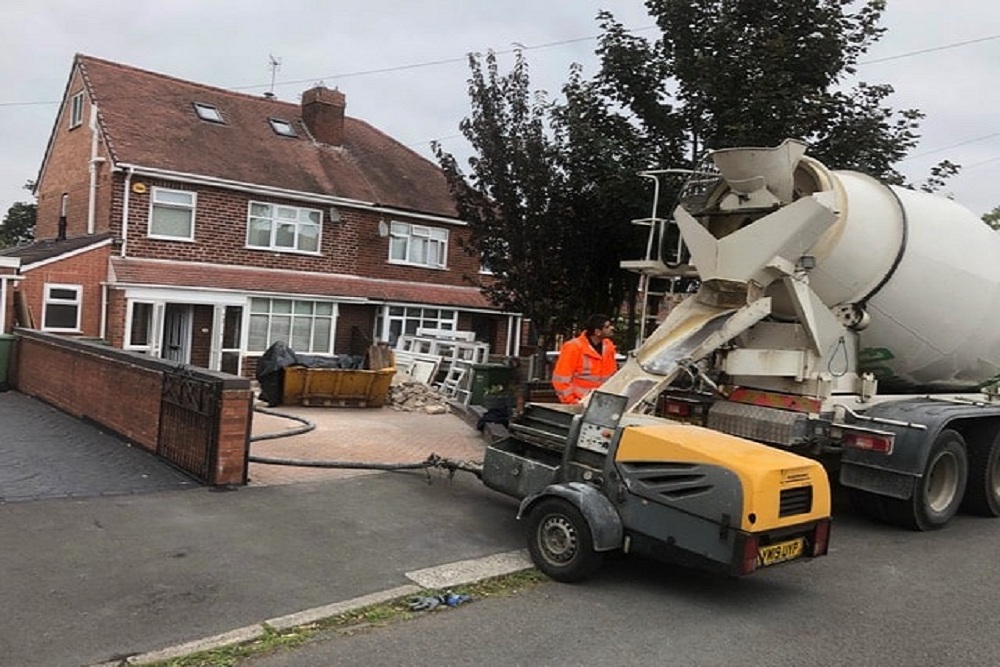When constructing a new building there are many different things that need to be taken into consideration. In fact, the list is almost endless. Just one of them is the fact that the floor surfaces need to be flat and level. This may sound obvious, but in fact there are some methods that can produce a better result than others.
This is largely down to the type of screed that is used in order to produce the surface upon which the final flooring is going to be laid. For many years, a screed has been mixed on site (although today it is very often delivered ready mixed) using good old sand and cement. This is barrowed on to the substrate and then levelled out by hand by a worker using a trowel. As you can imagine, that can take a fair amount of time, to say nothing of how tiring it is.
This is just one of the reasons that, over the last 25 years or more, there has been a change, and that is the use of liquid anhydrite screeds instead of sand and cement. These are what we produce at UK Screeds, and they have very many benefits.
Pumped Into Position
When you use our floor preparation service in Cheshire, we deliver the screed ready mixed to your site. Since it is in liquid format, all that we then need to do is to connect a long hose to the delivery truck and pump the screed on to the substrate. Once it is in position it is self-levelling, and all we need to do is to run over it with a dappling bar to remove any air bubbles, and that’s it. Job done!
As you can imagine, that is considerably faster than doing it by hand. In fact, we can lay as much as 2,000 square metres in a single day – around 20 times as fast as a worker laying sand and cement.
The benefits don’t stop there. Our liquid screed will be dry enough to walk on with 48 hours at most, and often as little as 24. That means that there are no delays to other contractors who need to work on the site. Compare that with a sand and cement screed curing time.
There are lots of other benefits of using our floor preparation service in Cheshire, one of them being that liquid anhydrite screed has almost twice the thermal conductivity of sand and cement. That means that it uses far less energy to heat the room when using underfloor heating, resulting in savings on electricity that continue for the life of the building.








